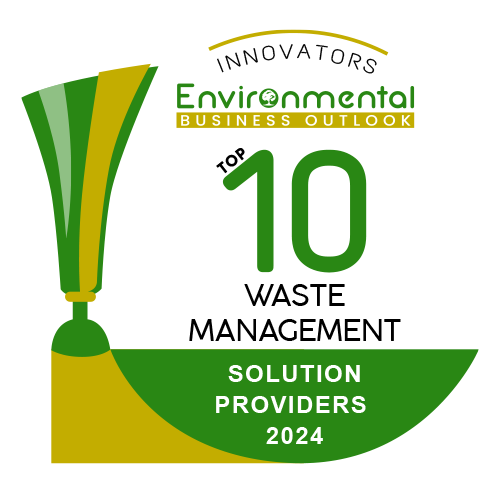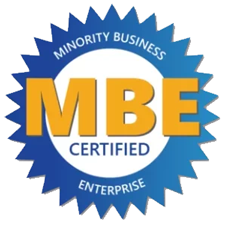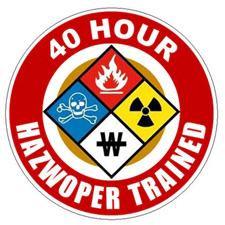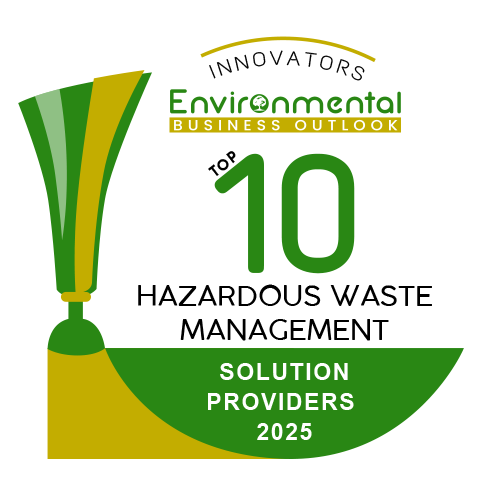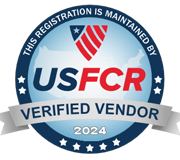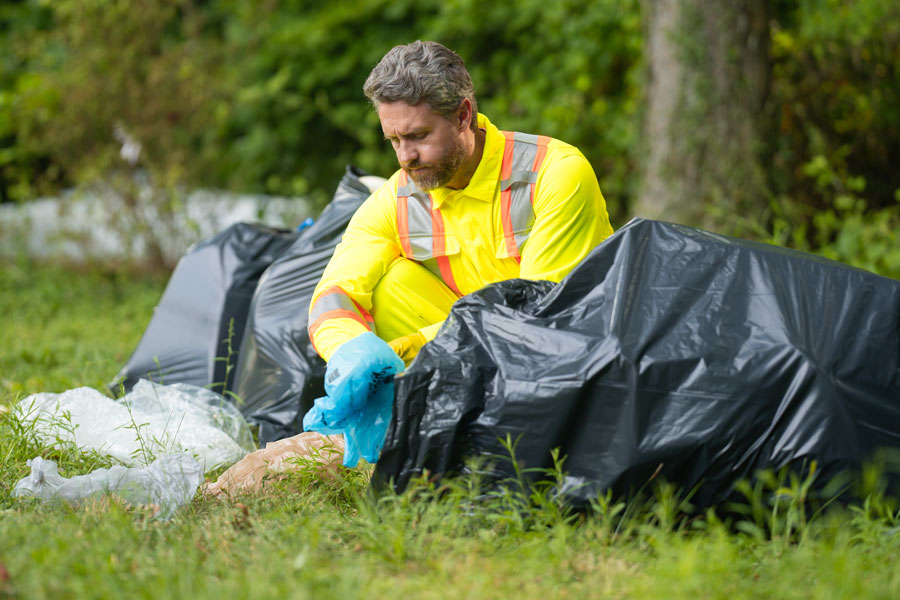
Urban centers across the United States are facing a growing challenge: the proliferation of homeless encampments in public spaces. While these encampments highlight the urgent need for affordable housing and social services, they also pose serious public health and environmental risks.
At Mayfield Environmental Engineering, we specialize in biohazard remediation, environmental cleanup, and site decontamination. This article explores the complexities of homeless encampment cleanups, offering guidance to municipal officials, public health departments, and community organizations tasked with addressing these sensitive situations.
Why Homeless Encampment Cleanup Is Critical
Homeless encampments, while highlighting systemic social issues, can quickly become health and safety hazards when left unmanaged. Accumulated waste, biohazards, and environmental damage threaten both the residents of the encampments and the surrounding community. Timely and professional cleanup is essential to prevent disease outbreaks, environmental contamination, and long-term public health crises in urban areas.
- Human waste contamination
- Used needles and sharps disposal hazards
- Rodent infestations
- Fire hazards from makeshift heating or cooking sources
- Soil and water contamination
- Spread of communicable diseases (Hepatitis A, COVID-19, Tuberculosis)
Ignoring these risks can lead to public health crises, community safety issues, and legal liabilities for municipalities.
Key Considerations in Cleaning Up Homeless Encampments
Cleaning up homeless encampments requires more than just debris removal—it involves careful planning, safety protocols, legal compliance, and ethical responsibility. Below are the primary considerations to ensure cleanups are conducted safely, compassionately, and effectively:
1. Public Health and Biohazard Risks
Homeless encampments often harbor biohazards such as:
- Bloodborne pathogens
- Used syringes and drug paraphernalia
- Fecal matter and urine
- Mold and mildew contamination from makeshift shelters
Specialized biohazard cleanup services are required to safely remediate these risks. At Mayfield Environmental, our certified mold removal specialists can assist when mold exposure becomes an issue during encampment cleanup.
2. Waste Removal and Sanitation Protocols
A comprehensive waste removal strategy includes:
- Sorting waste into hazardous and non-hazardous categories
- Proper disposal of sharps in puncture-proof containers
- Disinfection of surfaces using EPA-approved cleaning agents
- Removal of contaminated soil when necessary
For sites with severe soil contamination, we recommend engaging soil remediation experts to ensure environmental compliance.
3. Legal and Ethical Considerations
Cleaning homeless encampments involves navigating:
- Local ordinances and laws regarding property rights and public spaces
- Court rulings (such as Martin v. Boise) that protect homeless individuals from displacement without available shelter
- Proper notice and documentation before initiating cleanup
4. Community Safety and Outreach
Cleanup operations should be conducted with compassion and dignity, balancing the needs of:
- Local residents
- Businesses
- Unhoused individuals
Engagement with social services and mental health organizations can help connect displaced individuals with needed support.
5. Collaboration with Authorities
Successful encampment cleanups involve coordination between:
- Municipal officials
- Public health departments
- Law enforcement agencies
- Non-profit outreach groups
An interdisciplinary approach ensures both public safety and social responsibility.
Homeless Encampment Cleanup Process: Step-by-Step
Cleaning up a homeless encampment is a complex and sensitive task that requires a detailed, step-by-step approach to ensure safety, legal compliance, and community well-being. From initial site assessments to final restoration, each phase must be carefully executed to address both public health risks and environmental concerns, while treating impacted individuals with dignity and compassion throughout the process.
Step 1: Site Assessment
- Conduct a site inspection to evaluate hazards
- Identify presence of biohazards or environmental contamination
- Determine if there are underground storage tanks or other hidden dangers; for assistance, consider our tank removal services.
Step 2: Develop a Cleanup Plan
- Establish sanitation and safety protocols
- Create a logistics plan for waste removal and site decontamination
- Coordinate with local social services to provide outreach to encampment residents
Step 3: Execute Cleanup Operations
- Use personal protective equipment (PPE)
- Remove hazardous waste under the guidance of trained biohazard technicians
- Decontaminate the area using industrial-grade cleaning solutions
Step 4: Post-Cleanup Environmental Assessment
- Test soil and water for contamination
- Engage soil remediation specialists if pollutants are detected
Step 5: Site Restoration
- Rehabilitate the site to prevent re-encampment
- Install barriers, improve lighting, or create designated use zones
Environmental Impact of Homeless Encampments
Urban homeless encampments can lead to:
- Soil pollution from waste and chemicals
- Waterway contamination via runoff during rainstorms
- Vegetation damage and disruption of local ecosystems
Long-term environmental management is crucial to avoid further degradation of public spaces.
Mental Health and Social Services Integration
Effective encampment cleanup is not just about waste removal—it requires addressing the root causes of homelessness, including:
- Mental health challenges
- Substance abuse disorders
- Lack of affordable housing
Partnering with non-profit organizations and healthcare providers during cleanups ensures humane treatment and support for vulnerable populations.
Best Practices for Homeless Encampment Cleanup
Do:
- Follow OSHA and EPA guidelines
- Provide advanced notice to encampment residents
- Engage biohazard cleanup professionals
- Document all procedures for legal protection
- Offer resources and outreach services to displaced individuals
Don’t:
- Attempt cleanup without proper training
- Ignore potential soil contamination
- Overlook mental health and addiction factors
- Proceed without collaboration from local agencies
Frequently Asked Questions (FAQs)
How dangerous are biohazards in homeless encampments?
Biohazards such as used needles, human waste, and infectious materials can transmit diseases like Hepatitis, HIV, and Tuberculosis if not properly handled.
Can a city be sued for improperly removing a homeless encampment?
Yes. Legal challenges may arise if a cleanup violates constitutional rights or lacks due process. Always consult with legal counsel and follow ethical cleanup procedures.
Is environmental remediation always necessary after encampment cleanup?
If the site is found to be contaminated—especially with chemical waste or human waste runoff—you may need contaminated soil remediation services to prevent long-term environmental harm.
Does Mayfield Environmental handle homeless encampment cleanups?
Yes. We offer biohazard remediation, environmental cleanup, and hazardous waste removal, helping municipalities and property owners manage encampment sites safely and responsibly.
Here for You
Homeless encampment cleanup is a complex, multi-layered process that involves biohazard mitigation, environmental protection, public health management, and community collaboration. At Mayfield Environmental Engineering, we provide compassionate and comprehensive cleanup solutions, ensuring that both community safety and human dignity are prioritized.
If you need expert guidance on biohazard cleanup, environmental remediation, or hazardous waste removal, contact Mayfield Environmental today.







